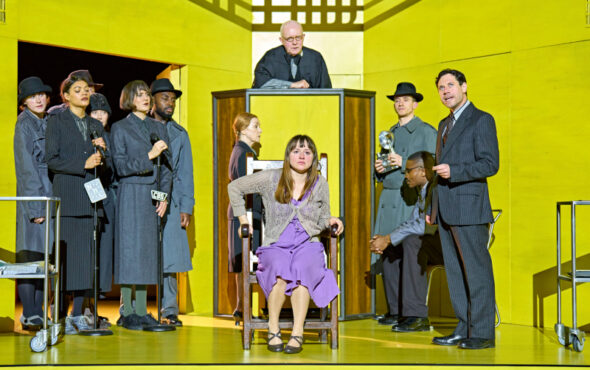
Marilyn Bell, Partner and Head of the Family Department at SA Law, explains why she believes there’s a place for both traditional marriage and civil partnerships for all in a modern world.
On 27 June 2018, the Supreme Court ruled in favour of a heterosexual couple, Rebecca Steinfeld and Charles Keidan, who wished to have a civil partnership instead of a marriage.
Steinfeld and Keidan argued that the Civil Partnership Act – which prohibits couples of a different sex from entering into a civil partnership – infringed their rights under the European Convention of Human Rights. But is there a real need for heterosexual couples to have civil partnerships? Or should the institution of marriage instead be re-sculpted to better reflect modern life and relationships?
To answer this question we need to look back in recent history. As we already know, in 2004 civil partnerships were introduced because same-sex couples could not get married under existing legislation. Civil partnerships have the same legal requirements as entering a marriage, and almost the same process if civil partners should decide to part ways.
Pressure continued for same-sex couples to be able to marry and we saw the enactment of the Marriage (Same Sex Couples) Act 2013 – henceforth same-sex couples who marry have the same rights, benefits and entitlements as do married heterosexual couples. They also have the same responsibilities. However, controversially same-sex couples cannot cite adultery as one of the grounds of dissolution of a marriage or civil partnership. This desperately needs to be addressed to ensure same-sex couples are given the same rights as their heterosexual counterparts.
Why, we ask ourselves, did the Government not decide at the time of Marriage (Same Sex Couples) Act 2013 to repeal the Civil Partnership Act? Well, the Government claimed they needed time to review whether same-sex couples wanted to continue using the Civil Partnership Act. Yet this is rather hard to believe. There have historically been issues around marriage and its close historical links with religion, and many considered the decision by the Government not to repeal the Civil Partnership Act when it passed the Marriage (Same Sex Couples) Act as relating to these.
It was realised at the time that the Civil Partnership Act discriminated against heterosexual couples (as they could not enter into a civil partnership). This inequality was apparently justified due to the Government wanting time to consider it, and commentators arguing that there was no point in letting heterosexual couples enter into civil partnerships if the law was going to be repealed. It is not entirely clear why.
However, having left the Civil Partnership Act intact in the statute books it was clearly, as the Supreme Court have now confirmed, inappropriate for this not to be available to heterosexual couples. The Government’s reasons have not found favour.
We now ask ourselves what is the way forward? In light of the judgment, with more need than ever before the Government needs to ensure that both same-sex and heterosexual couples are treated equally under law. As well as civil partnerships being allowed for straight couples, it’s important that adultery must be allowed as a ground for divorce for same-sex couples who are married or in a civil partnership. It’s paramount that both institutions are modernised, but why not let both methods of obtaining a legal union remain?
Many couples of both the same and opposite sex prefer to marry. They prefer the use of the terms of husband and wife and the freedom to decide how they want to apply them. Marriage has very important connections with religion and it is appropriate that same-sex couples were given the right to marry and form their union in that way.
However, it is equally important for other couples of the same sex and opposite sex to be able to enter a civil partnership. A civil partnership is a modern legal union. It does not have the associated background of past links of rights acquired and lost on marriage. It is not so long ago that when a woman married, all her property was passed to her husband upon marriage. It took the Married Women’s’ Property Act 1882 at the end of the 19th century to change that. Still in the 1970s if women had income from investment it formed part of their husband’s income for tax purposes. A woman might not be working, but she could not use her personal tax allowance against investment income.
For some, same-sex and heterosexual couples marriage is associated with a long history of inequality which don’t reflect modern day relationships. Civil partnerships represent 21st century thinking and it is appropriate that it should remain available to all.
Words Marilyn Bell, Partner and Head of the Family Department at SA Law





